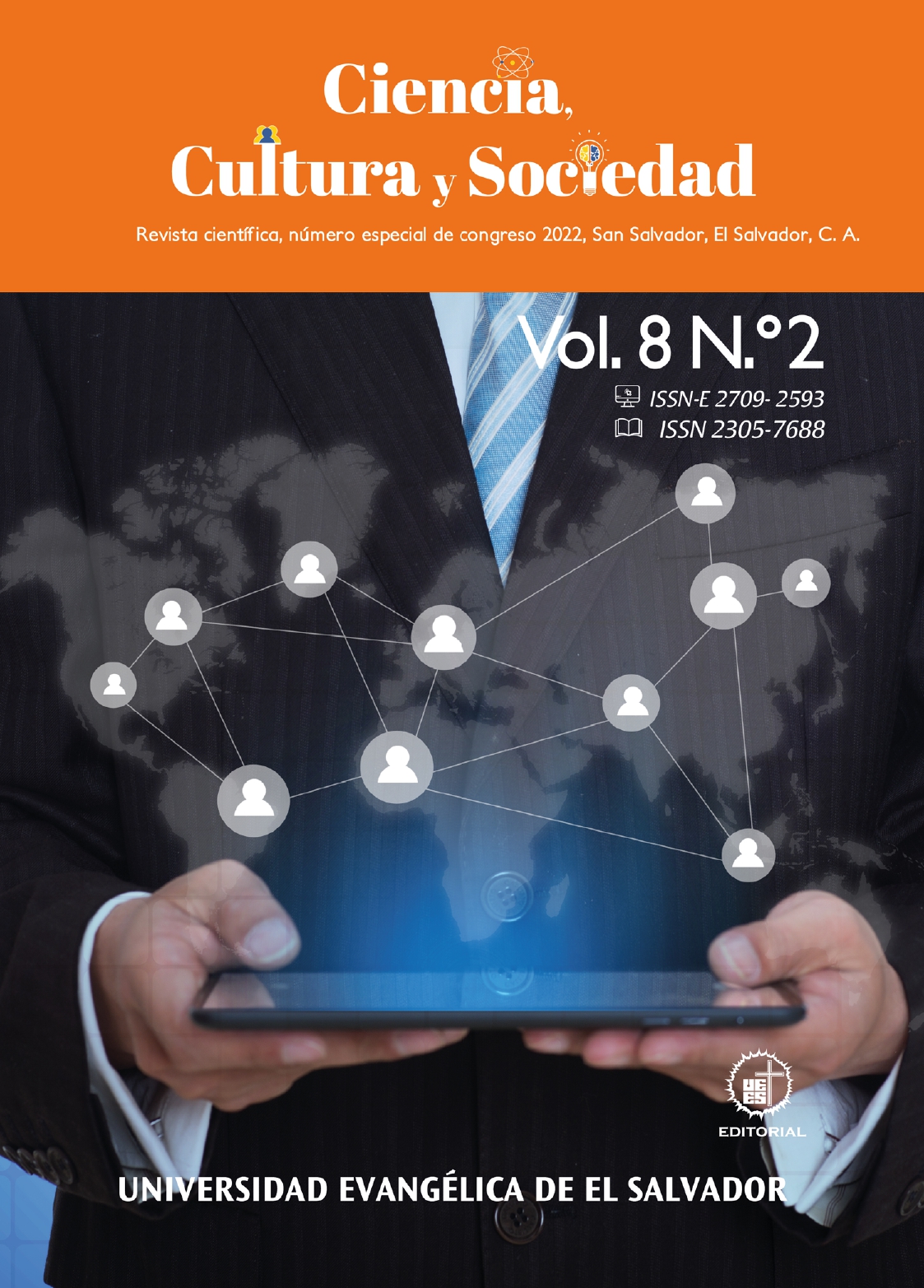Practice of physical activities and use of technology in young students from private universities in western El Salvador
DOI:
https://doi.org/10.69789/ccs.v8i2.631Abstract
The constant advances in the field of technology have caused changes in the lifestyles of young university students in western El Salvador, who are more interested in manipulating technological devices in their daily routine and therefore less motivated towards carrying out physical activities. in their free spaces. Physical activity is understood as the movement that a person performs in a specific period of time that causes energy expenditure. If this activity includes an organized physical exercise routine, it translates into improved physical condition and quality of life through enhancing physical condition, delaying the appearance of signs of fatigue and contributing to cognitive stability. Only 33.4% of young people are performing physical activity classified as high category, based on physical activity criteria (IPAQ: International Physical Activity Questionnaire). In other words, they carry out physical activity 5 days a week with a daily average of 3 hours, which turns out to be very little, while 97% of young people owned a computer and on average use it six days a week at least three hours a day according to technology use questionnaire (ASAQ: Adolescent Sedentary Activity Questionnaire, sedentary activity questionnaire in adolescents).
Downloads
37
Downloads
Published
How to Cite
Issue
Section
License

This work is licensed under a Creative Commons Attribution-NonCommercial-ShareAlike 4.0 International License.
The authors give to the copyright to the journal Ciencia, Cultura and Sociedad, and copyright in all forms and media, to be notified of acceptance of your article. The authors can publish their articles in another journal after a semester published in this volume. The content of the articles is the sole responsibility of the authors. To refer to the articles correctly quote the authors.

Ciencia, Cultura y Sociedad articles are published in open access and are under a Creative Commons Attribution-NonCommercial 4.0 International License.

